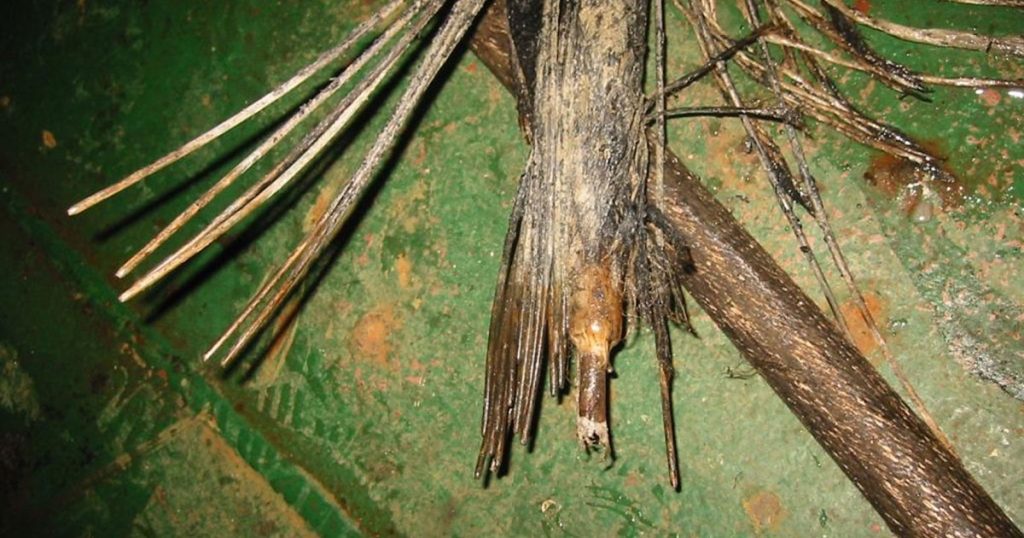In the digital age, submarine fiber optic cables have proven indispensable. An insatiable global demand for bandwidth, driven by an irrepressible appetite for online content, commerce, and other internet-dependent activities, continues to outperform the already bullish year-on-year market expectations.
While the COVID-19 pandemic forced many industries to scale back operations amid logistics meltdowns and general market uncertainties, paradoxically the disruption triggered even greater pressure on subsea cable infrastructure to deliver unfaltering connectivity.
Any signs of a market correction, perhaps, as the world looks to recapture some pre-lockdown order? No, is the quick answer; evidence points to the contrary in fact, as the people, organizations, and governments look to adjust to our “not-so-new” normal. Even on the back of these unprecedent market conditions, mid-term market forecasts agree that double digit CAGR for the subsea fiber optic cable industry over the next five years is all but guaranteed.
Establishing Critical Connections
Beyond some of the consumer-centric regional needs, the expanding network of seabed cables continues to establish new connections between nations and bring some of remotest reaches of the planet online. As these inter-country dependencies present new opportunities, it is little wonder that the subsea telecommunications industry continues to advocate—as it has for many years—that these subsea cables be officially classified as so-called Critical Infrastructure.
From a national security standpoint, any loss or disruption to safe and reliable communication links with the outside world, especially strategic allies and commercial partners, can quickly escalate into an active threat or, worse still, attack. In a globalized world, therefore, a robust, resilient system is fundamental to addressing a range of national security issues, from defense measures and military operations to economic advancement and cybersecurity.
Recent world events—first the COVID-19 response and now the geopolitical fallout from Russia’s invasion of Ukraine—have thrust the vulnerability of such seafloor infrastructure into the public policy limelight and, subsequently, exposed a clear gulf in established public-private agreement geared towards optimizing subsea cable security.
However, things could be about to change.
Government Agencies Partnering Commercial Enterprise
As recently reported by SubCableWorld, on 11 July 2022 the Italian Navy signed a Memorandum of Understanding (MoU) with Sparkle, an Italian communications company and cable owner, to assist with cable protection measures in Italian waters. This could be seen as something of a bellwether move in terms of promoting increased collaboration between government agencies and commercial entities. The MoU outlines cooperative steps to set up joint operating procedures and coordinated reconnaissance and monitoring activities in waters around key cable routes. The MoU also covers any required emergency services to be delivered by the Italian Navy.
While the largest threat to subsea cables tends to be physical damage, mostly from anchors and fishing equipment (these alone account for approximately two thirds of cable faults), deliberate damage or sabotage has been documented, including the planned excavation of cables by pirates in an attempt to sell the salvaged materials, such as copper, for scrap. The defense and economic impacts from deliberate sabotage of submarine cables is of paramount concern right now, as highlighted earlier this year when NATO and US Government attention was focused on Russian activity near a group of subsea cables.
Championing Change
Tabling key discussions designed to ring in meaningful change relies on organizations like the International Cable Protection Committee (ICPC), which encapsulated the need for governmental participation in subsea cable protection in its July 2021 publication “Government Best Practices for Protecting and Promoting Resilience of Submarine Telecommunications Cables”. The document is freely available from the ICPC website and is a quick and invaluable read. The ICPC continues to work with Governments and Regional groups around the world to raise key issues, engage stakeholders, and propose policy improvements.
Governmental support in recognizing subsea cables as critical infrastructure was a reoccurring theme at this year’s International Cable Protection Committee (ICPC) Plenary, in April. (Click here for OSI’s write-up on the two-day event.)
The agenda covered much ground, from cable protection supported by Coast Guard assets to disaster planning and recovery, but the key takeaway was clear: The subsea telecommunications and offshore energy markets, even amid the current flurry of evolving rules and regulations, show little sign of slowdown and so the need to safeguard these cable systems and mitigate their vulnerability to third party damage should be priority number one among stakeholder governments and organizations.
Fresh thinking and a long-term public-private commitment to addressing the growing concerns surrounding the security and maintenance of cable routes and this is what makes organizations like ICPC so important, and why OSI remains a proud and active member.
During the development of subsea network projects, at Ocean Specialists, Inc. we work with our customers to identify and advocate for the setting up of cable corridors, similar to those put in place by the Australian Government for cables landing near Sydney. Cable corridors or cable protection zones (CPZ), like the Cook Straight CPZ, extending from the coast to the continental shelf, provide protection zones that are wide enough to accommodate multiple cables, within which high risk activities are banned, and low risk activities are restricted. Continued awareness of the methods available to protect this critical infrastructure is needed to ensure the continuity of reliable communications.
With market reports projecting further growth in response to increased demand for bandwidth, that ultimately means more projects and installations. That means increased exposure. With populations and institutions building a future contingent on seamless, failsafe communications, the time for government acceptance of subsea cables as Critical Infrastructure is now.
